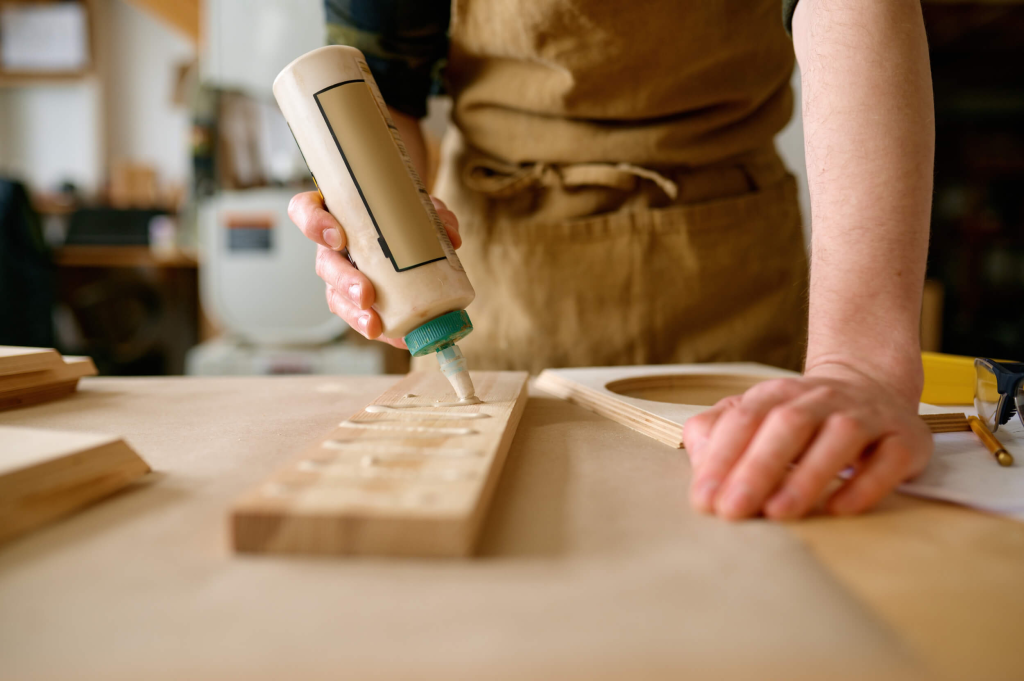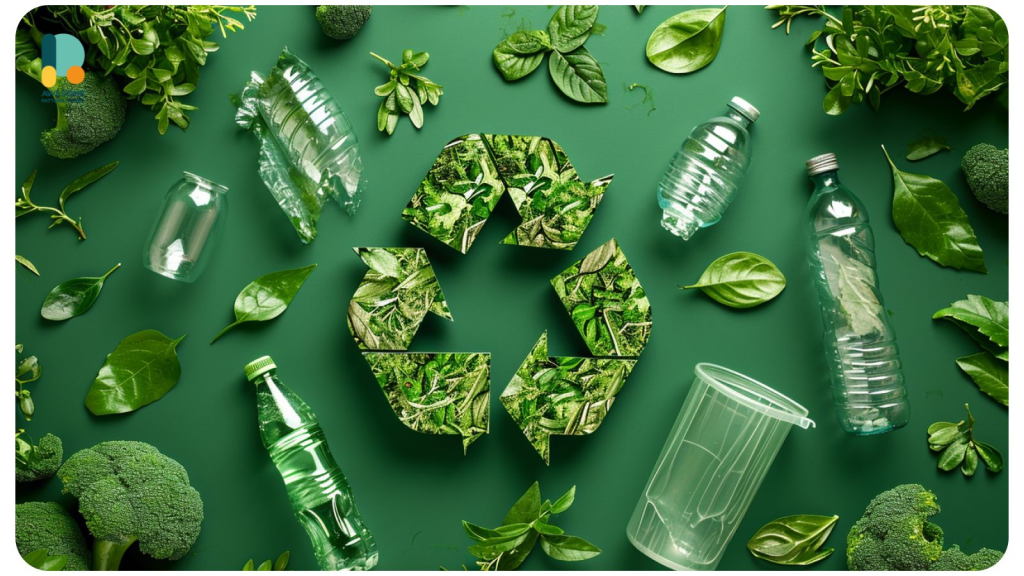As environmental awareness grows globally, the crafting community has increasingly embraced sustainable crafting materials as essential components of creative practice. Beyond producing beautiful and functional items, today’s makers are considering the ecological footprint of their materials, processes, and finished products. This comprehensive guide explores how conscious material choices can transform ordinary crafting into an environmentally responsible practice without sacrificing creativity or quality.
Understanding Sustainability in Crafting Contexts
Before diving into specific materials, it’s important to understand what sustainability means in the crafting world. Sustainable crafting materials are those that minimize environmental impact through their sourcing, production, use, and eventual disposal or decomposition. These materials typically share several key characteristics:
- Renewable resource origins or recycled content
- Minimal processing requiring less energy and fewer chemicals
- Non-toxic composition safe for makers, users, and ecosystems
- Biodegradability or recyclability at end of life
- Ethical production supporting fair labor practices and communities
By incorporating these considerations into material selection, crafters participate in broader eco-friendly practices that extend well beyond their creative spaces. This mindful approach connects personal creativity with global sustainability goals.
Natural Fiber Materials for Textile Crafts
Textile crafts offer numerous opportunities for sustainable material choices that enhance both project quality and environmental impact.
Organic and Naturally Processed Fibers
Plant-based fibers grown without synthetic pesticides or fertilizers provide excellent sustainable options:
- Organic Cotton: Cultivated without harmful chemicals, reducing water pollution and soil degradation
- Hemp: Requires minimal water and no pesticides while improving soil health
- Linen: Made from flax plants that can grow in poor soil with little irrigation
- Bamboo (Mechanically Processed): Rapidly renewable, though verify processing methods as chemical processing reduces sustainability
- Jute and Sisal: Durable, biodegradable fibers ideal for macramé and basket weaving
When selecting these materials, look for certification standards such as GOTS (Global Organic Textile Standard) ensuring authentic organic production.
Reclaimed and Upcycled Textiles
Existing textiles offer perhaps the most sustainable option by eliminating new resource demands:
- Fabric scraps from manufacturing (deadstock)
- Secondhand clothing deconstructed for materials
- Vintage linens and textiles from thrift stores
- Factory end bolts and sample swatches
- Post-consumer textile waste repurposed into new yarn
These materials often add unique character to projects while extending the lifecycle of already-produced resources.

Sustainable Paper and Paper Alternatives
Paper crafts can embrace sustainability through thoughtful material selection focusing on resource conservation.
Eco-Conscious Paper Options
Look for papers with these environmentally preferable characteristics:
- Tree-free papers made from agricultural waste (sugarcane, coffee husks)
- 100% post-consumer recycled content
- FSC-certified papers from responsibly managed forests
- Handmade papers using local plant materials
- Seed papers that can be planted after use
These options drastically reduce deforestation pressure while often providing unique textures and appearances that enhance creative projects.
Natural Alternatives to Traditional Paper
Beyond conventional paper, consider these sustainable alternatives:
- Pressed leaves for delicate decoupage or collage work
- Dried and pressed flowers for card making and scrapbooking
- Thin fabric as paper substitute in mixed media projects
- Bark cloth from renewable sources
- Repurposed maps, book pages, or ephemera
These materials add distinctive natural elements while reducing demand for newly manufactured paper products.
Sustainable Woods and Plant Materials
Natural materials from plant sources offer beautiful, biodegradable options for many craft applications.
Responsibly Sourced Woods
When working with wood, consider these sustainable options:
- Salvaged or reclaimed wood from demolition projects
- FSC-certified new wood ensuring responsible forestry
- Fast-growing species like bamboo and cork
- Local woods minimizing transportation impacts
- Branches and driftwood collected without habitat disruption
These choices support responsible consumption patterns that preserve forest ecosystems while still allowing beautiful wooden crafts.
Alternative Plant-Based Materials
Beyond conventional wood, explore these renewable plant materials:
- Dried gourds for vessels, instruments, and decorative items
- Pressed flowers and leaves for botanical art
- Pine needles or grasses for basket weaving
- Coconut shell and husk for various applications
- Dried seedpods for natural ornaments and jewelry
These materials often require minimal processing and naturally biodegrade at end of life.

Sustainable Adhesives, Finishes, and Tools
Sustainable crafting materials extend beyond primary components to include everything used in the creative process.
Natural Adhesives and Binders
Replace synthetic glues with these lower-impact alternatives:
- Wheat paste made from simple flour and water
- Natural gums like gum arabic or tragacanth
- Milk-based casein glues for wood and paper
- Plant-based adhesives from rubber trees or pine resin
- Homemade starch-based pastes
These options reduce exposure to toxic chemicals while providing effective adhesion for many applications.
Non-Toxic Finishes and Colorants
Protect and enhance projects with these healthier alternatives:
- Milk paint made from milk protein, lime, and earth pigments
- Plant-based dyes from flowers, roots, and food waste
- Beeswax or carnauba wax finishes for wood protection
- Natural oils like linseed, walnut, or coconut
- Water-based, low-VOC commercial finishes when necessary
These finishing options reduce harmful emissions while often producing rich, complex colors and patinas.
Practical Implementation of Sustainable Crafting
Transitioning to sustainable crafting materials involves more than simply switching products.
Material Auditing and Transition Strategies
Begin your sustainability journey with these practical steps:
- Inventory current materials, noting environmental concerns
- Prioritize replacing the most problematic materials first
- Use up existing conventional supplies before replacing them
- Research sustainable alternatives appropriate for your specific crafts
- Start with small changes rather than overwhelming complete transitions
This gradual approach makes sustainable crafting accessible and manageable.

Sustainable Storage and Organization
Extend sustainability to your crafting space with these approaches:
- Repurposed containers for material storage
- Second-hand furniture for craft organization
- Digital pattern storage reducing paper use
- Reusable fabric bags rather than plastic for project storage
- Proper material storage extending usable life and reducing waste
These practices ensure your entire creative process aligns with sustainability values.
Recommended Resources
For crafters seeking to deepen their knowledge of sustainable crafting materials:
- Local environmental organizations hosting sustainable craft workshops
- Online databases of eco-certified materials and suppliers
- Books on natural dyeing, papermaking, and sustainable crafting
- Community skill-sharing groups focusing on traditional crafts
- Social media communities dedicated to sustainable making
FAQ Section
How do I verify sustainability claims when purchasing crafting materials?
Look for recognized third-party certifications like GOTS for textiles, FSC for wood and paper products, or USDA Organic for plant-based materials. Be wary of vague terms like “eco-friendly” without specific substantiation. Research companies’ sustainability practices through their websites or by contacting them directly with specific questions about sourcing and production methods.
Can sustainable crafting be affordable, or is it always more expensive?
While some certified sustainable materials cost more upfront, many sustainable approaches actually save money. Using reclaimed, repurposed, or natural foraged materials is often less expensive than buying new conventional supplies. Additionally, buying higher quality, sustainable materials that last longer can be more economical over time than repeatedly purchasing cheaper, less durable alternatives.
Conclusion
Embracing sustainable crafting materials represents a meaningful way to align creative passion with environmental values. Each mindful material choice contributes to larger sustainability goals while often enhancing the quality, uniqueness, and story behind handcrafted items. Rather than viewing sustainability as a restriction, consider it an invitation to explore new materials, techniques, and approaches that might ultimately enhance your creative practice.
Start where you are, making incremental changes as you learn and grow in your sustainability journey. The crafting community continues to innovate in this space, developing new materials and approaches that make conscious creating increasingly accessible. By participating in this movement, your creative practice becomes not just a means of personal expression, but a force for positive environmental impact.






